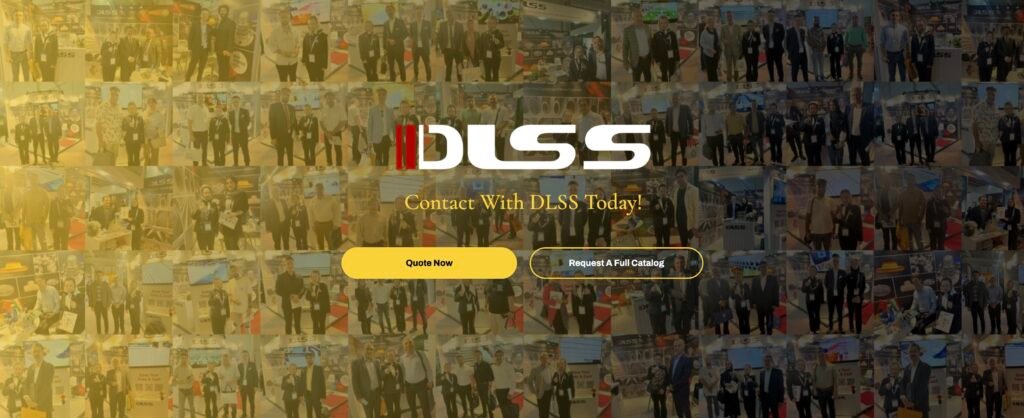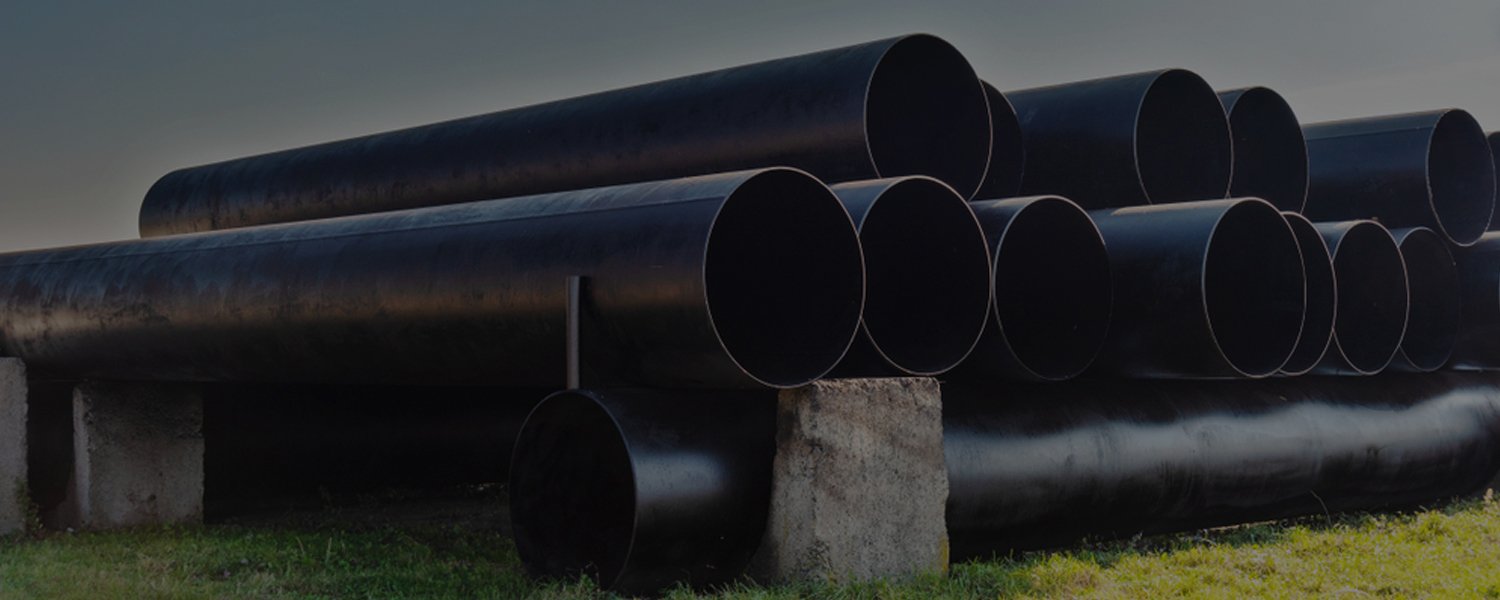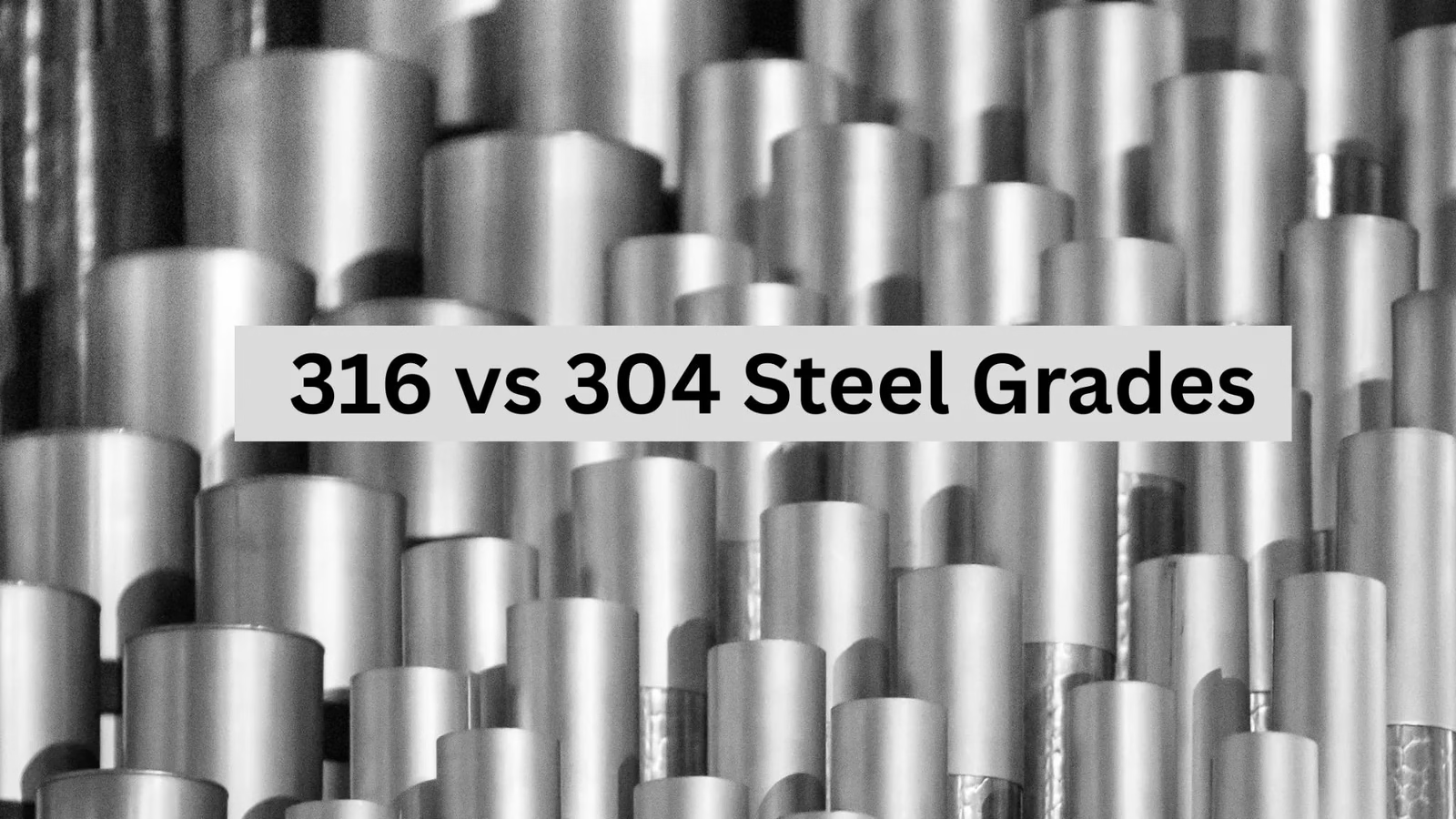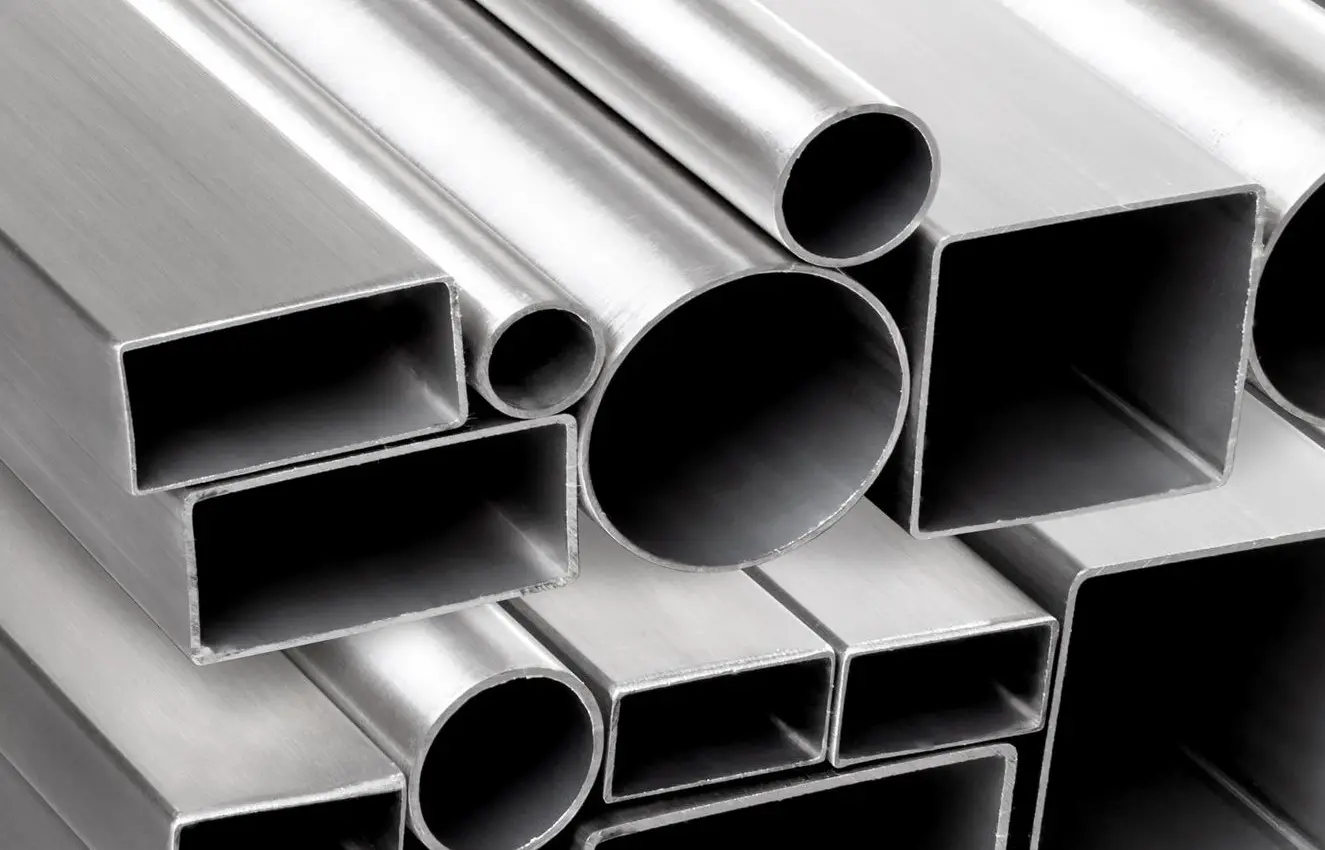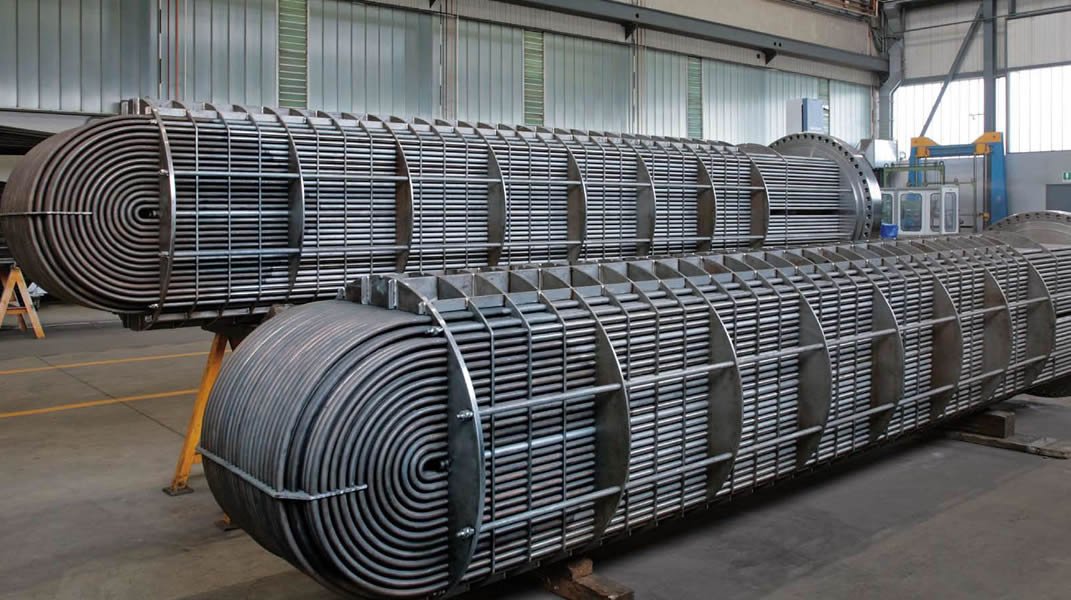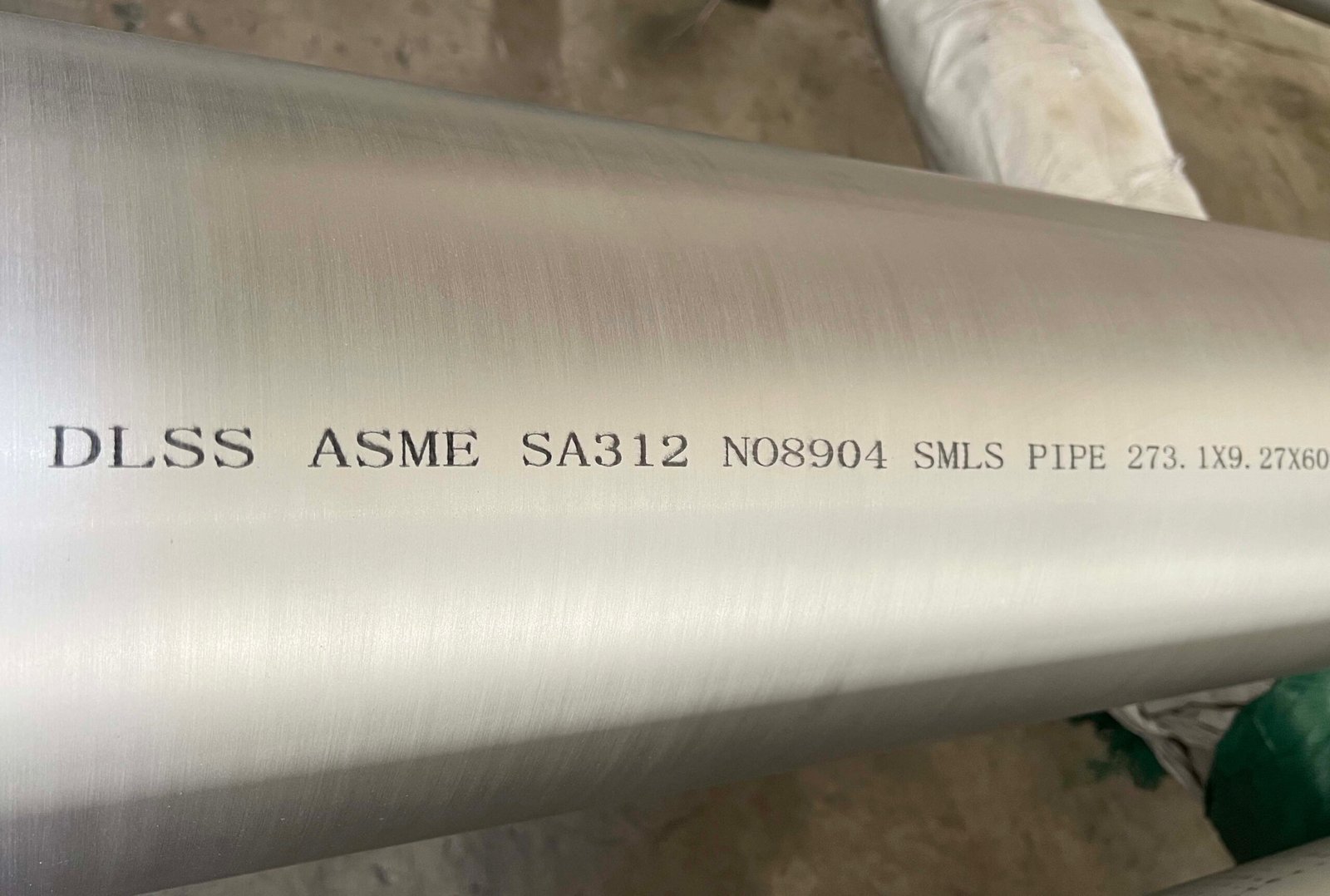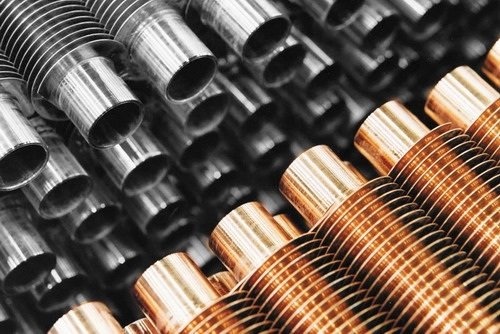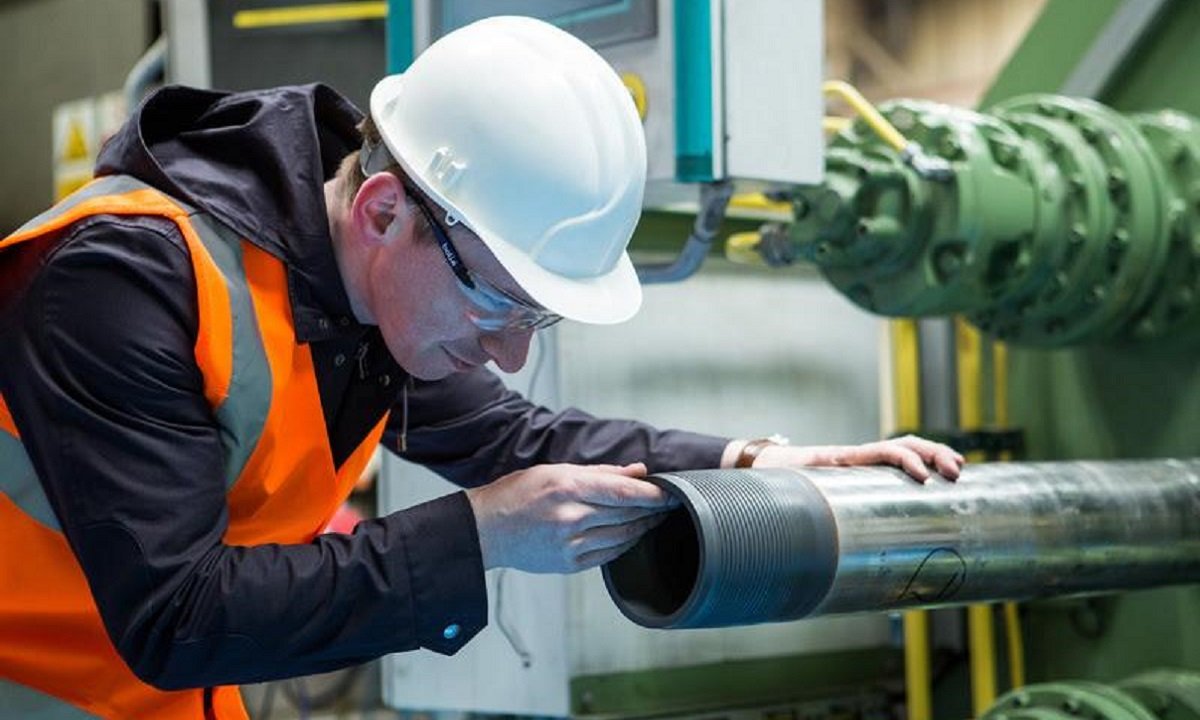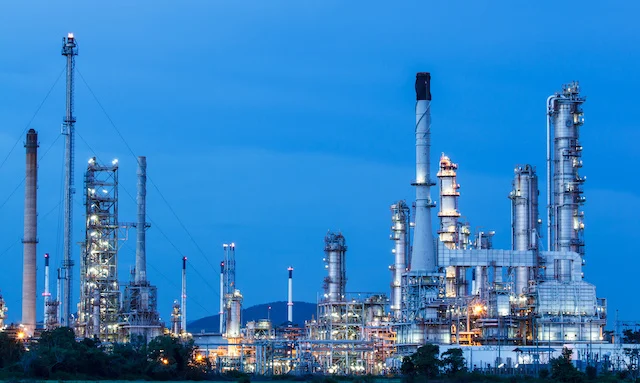1. Introduction
TP316L heat exchanger tube Japan is the top choice for many 日本の熱交換器メーカー (Japanese heat exchanger manufacturers) that require exceptional corrosion resistance, precise dimensions, and long service life. Whether for 海水淡水化プラント (seawater desalination plants), chemical processing, or power generation, TP316L delivers consistent performance in Japan’s demanding industrial environments.
2. Material Properties of TP316L Stainless Steel
TP316L is a low-carbon austenitic stainless steel containing molybdenum, which significantly improves its resistance to 塩化物腐食 (chloride corrosion) and pitting — common challenges in Japan’s coastal and marine industries.
Key Benefits:
- Superior chloride resistance – ideal for 海水冷却システム (seawater cooling systems)
- Excellent weldability – minimal carbide precipitation during welding
- High temperature strength – stable performance in industrial heat exchangers
Learn more about AISI 316L Stainless Steel on Wikipedia
3. Applications in the Japanese Heat Exchanger Industry
In Japan, TP316L heat exchanger tubes are widely used in:
- 海水淡水化設備 in Okinawa and other coastal prefectures
- 化学工場の熱交換器 requiring high-purity corrosion-resistant tubes
- 食品加工ライン ensuring hygiene and compliance with safety regulations
These applications demand not only the right material but also a flawless surface finish and precise dimensional control, both of which are critical to Japanese customers.
4. Comparison with Other Materials
- 304 stainless steel – cost-effective but less resistant to chloride corrosion in 塩化物環境
- Duplex stainless steel (2205) – higher strength and corrosion resistance, but may be over-specified for standard heat exchanger designs, and requires specialized welding techniques
Reference: JIS G3459 Stainless Steel Pipes Standard
5. DLSS Advantages for Japanese Buyers
DLSS understands the unique expectations of Japanese clients:
- Zero-defect surface quality: no scratches, dents, or welding flaws (外観品質は非常に重要)
- Short lead times: 4–6 weeks for urgent projects, even for custom sizes
- Full compliance: ASTM A213 / JIS G3459 / EN 10216-5 certifications with third-party inspections
- Export-ready packaging: seaworthy wooden crates, plastic end caps, anti-corrosion oil for long-distance sea transport
6. Conclusion & Call to Action
For Japanese heat exchanger manufacturers, TP316L heat exchanger tube Japan remains the optimal choice for balancing durability, corrosion resistance, and ease of fabrication. By choosing DLSS, you gain a partner that combines world-class quality with the flexibility and delivery speed your projects require.
info@dlsspipe.com | www.dlsspipeline.com
FAQ(よくある質問)
Q1: Why would Japanese companies import stainless steel seamless pipes if Japan already produces them?
A1: While Japan manufactures high-quality pipes, importing from DLSS offers cost advantages, flexible order quantities, and availability of special grades that may have longer lead times domestically.
Q2: Are DLSS stainless steel pipes compliant with Japanese standards?
A2: Yes. DLSS can supply products meeting JIS G3459, JIS G3463, and other relevant Japanese Industrial Standards, along with ASTM and EN certifications.
Q3: How do DLSS pipes compare to Japanese-made pipes in quality?
A3: DLSS pipes undergo strict quality control, non-destructive testing, and meet the same chemical and mechanical property requirements as Japanese products. Many clients report comparable performance.
Q4: What is the typical delivery time for stainless steel pipes to Japan?
A4: Standard delivery is around 30–45 days from order confirmation, depending on quantity and specifications.
Q5: Can DLSS handle small trial orders for Japanese customers?
A5: Yes. DLSS can supply small-batch trial orders for performance testing before large-scale procurement.
